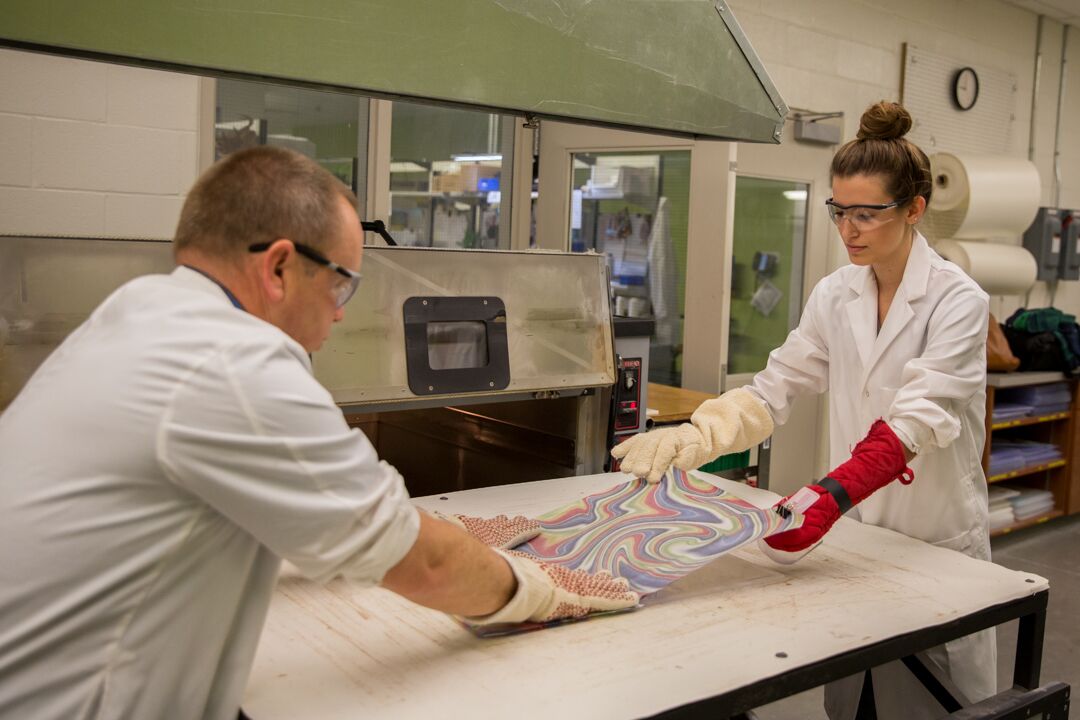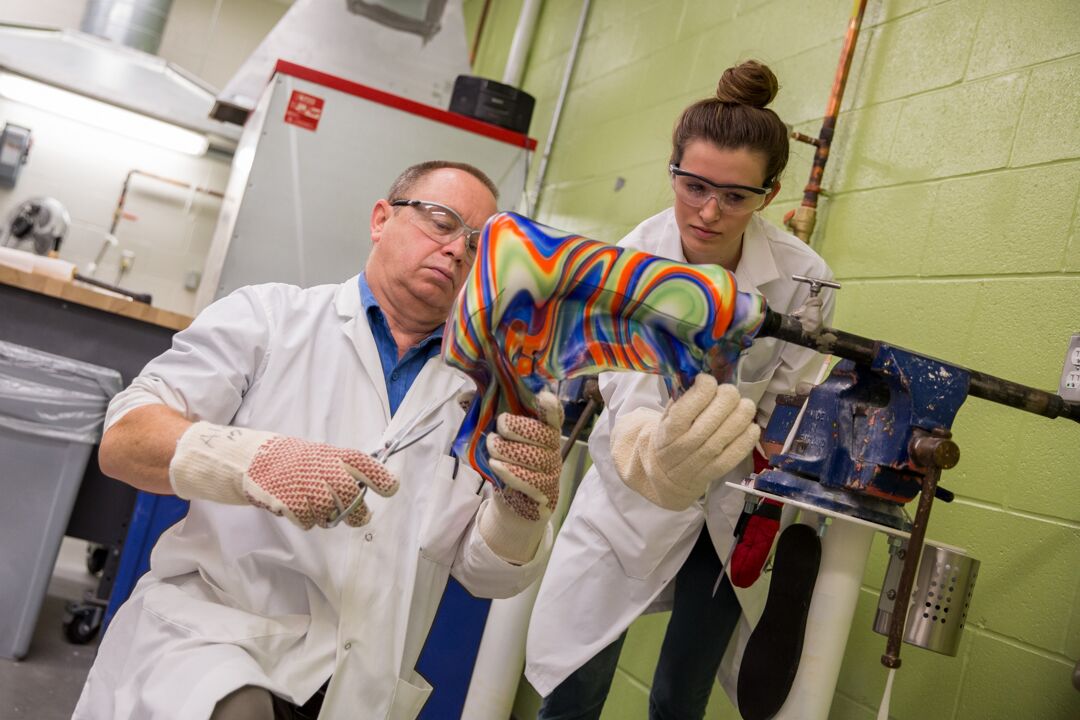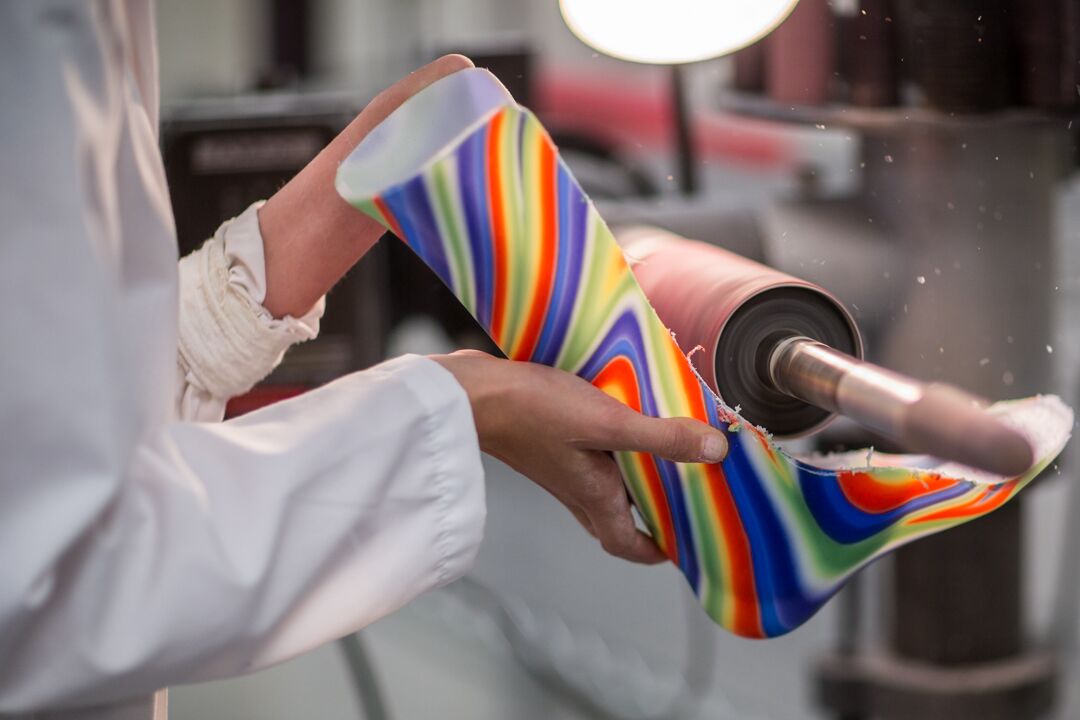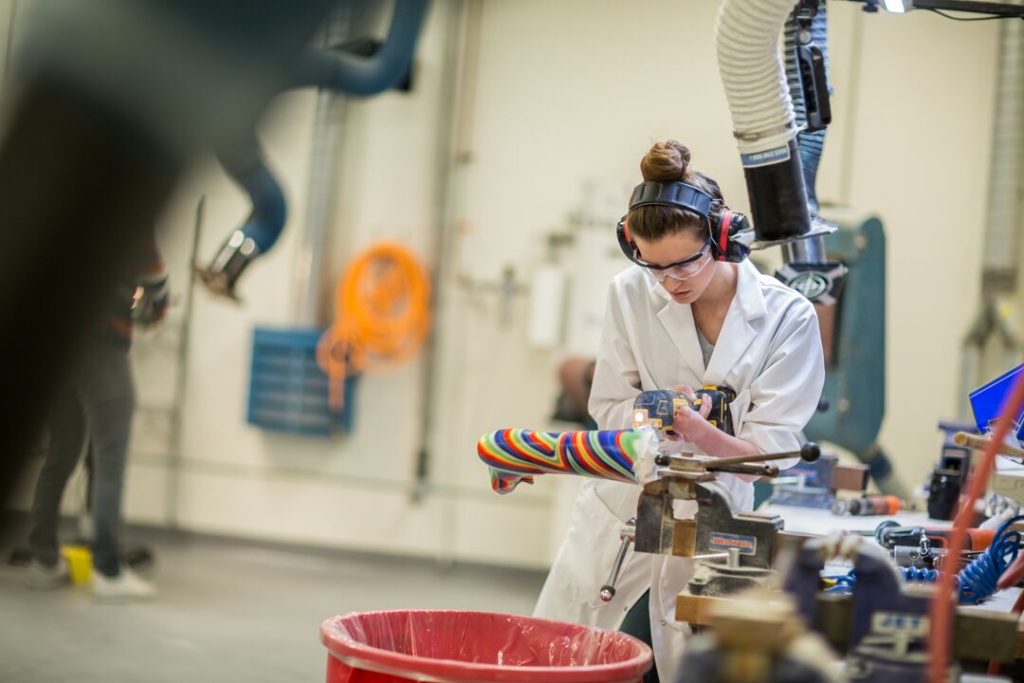
Learning to adapt
Abby Capanelli has had her sights set on a career in health care from a young age. So when the 17-year old St. Mary’s High School student was selecting her co-op placement, the Prosthetics and Orthotics Department at Hamilton Health Sciences (HHS) was a clear choice.
“Since I was like ten years old, I knew I either wanted to work in prosthetics or as an occupational therapist,” Abby says.
Since September, she has been working alongside Alex Moote, an orthotic technician at HHS, to learn how to build assistive devices. Abby understands how important these devices can be to a person because she was born with a partial left hand. She is a patient in the Prosthetics and Orthotics Department at HHS and uses prosthetics to do some things she can’t accomplish without them.
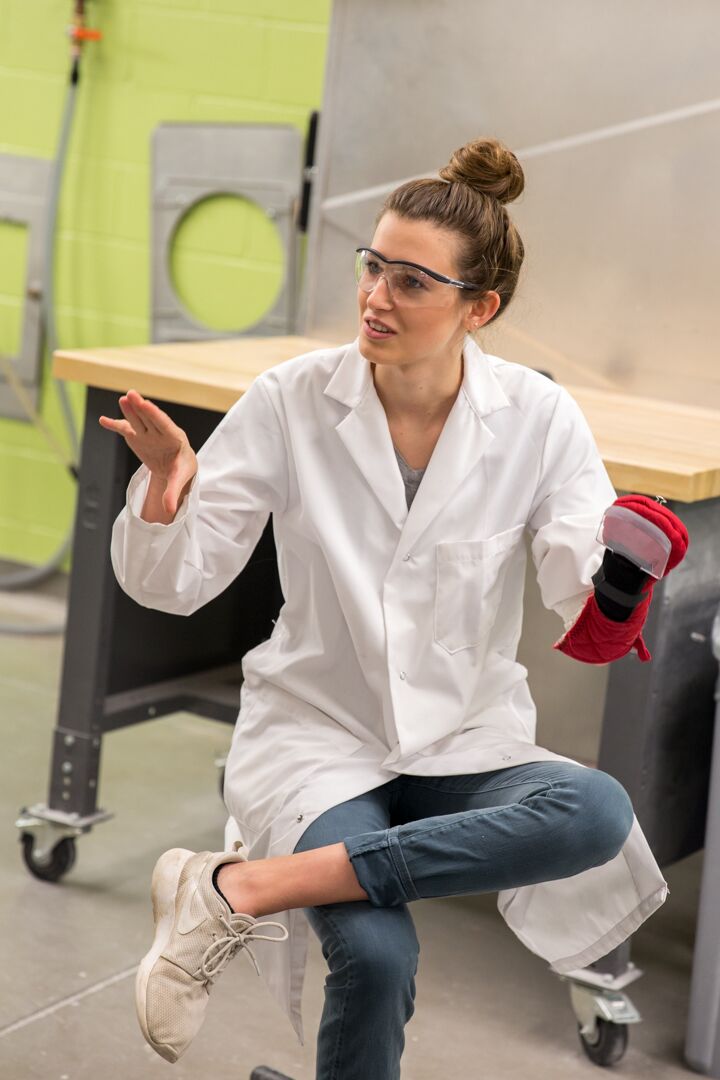

Together, she and Alex have devised a new set of tools to help her in her role as a co-op student.
“Abby has picked up on everything really quickly,” says Alex. “But there were a few things she couldn’t do because she’s not able to grip with her partial hand. We decided to try creating some devices to help her.”
“When something isn’t working, we can tweak it to make it function better for her.”
Alex fashioned an oven mitt to fit snugly around Abby’s hand. He created a pocket in the mitt to hold a wooden paddle that allows Abby to grip and pull the heated plastics they use in building prosthetic and orthotic devices. Abby can also use the paddle to get a better grip on other materials she’s working with.
“It has been great having Abby try out these tools during her placement because we’re able to see what works and what doesn’t,” says Alex. “When something isn’t working, we can tweak it to make it function better for her.”
The trial and adjustment process is an important part of developing a prosthetic or orthotic to suit the needs of a patient. Alex and the rest of the Prosthetics and Orthotics team have a wealth of experience honing devices until they function perfectly. Usually, this involves a series of visits to the department, but for Abby, every day of her placement is an opportunity to review how her paddle is working.
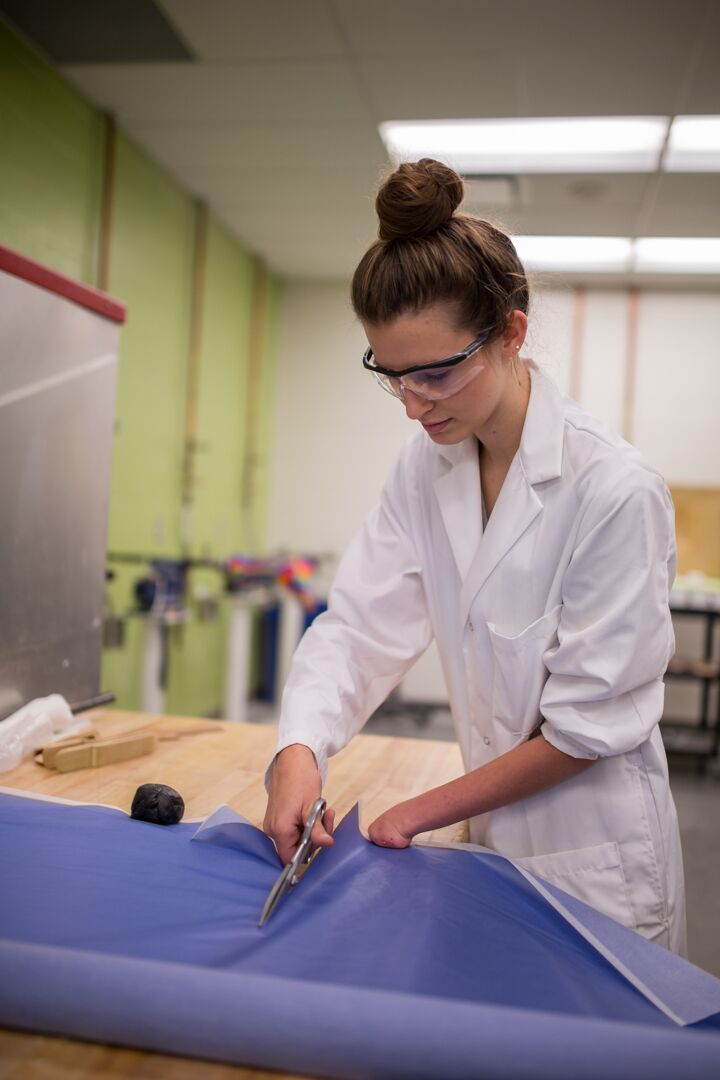

“It’s really cool to see how Alex looks at the paddle and figures out how we need to adjust it so it works better,” says Abby.
“It’s inspiring to see what we’ve created in action,” says Alex. “We usually get to see our patients try their device out and hear from them about how it’s working, but to see every day what Abby is able to do with it is really rewarding.”
Abby hasn’t just inspired the Prosthetics and Orthotics staff. She has inspired patients and families as well.
“The other week, a kid came in with his mom, and they saw that I have a partial hand,” Abby recalls. “He was really impressed with what I was doing and I think it showed him how much he could accomplish too.”
